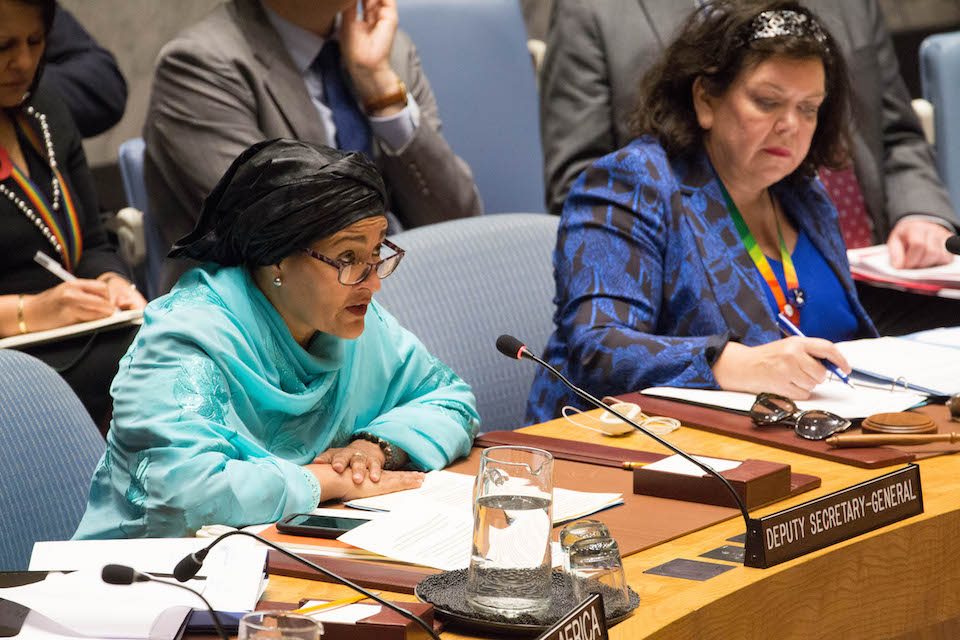
- Select a language for the TTS:
- UK English Female
- UK English Male
- US English Female
- US English Male
- Australian Female
- Australian Male
- Language selected: (auto detect) - EN
Play all audios:
COVID-19 has left governments scrambling for balanced economic, social and ethical policy responses. The Australian government’s A$130 billion JobKeeper payment – a wage subsidy to keep
Australians in work – is vital for our response to the pandemic and future economic recovery. But temporary visa holders, including international temporary graduates, have fallen through the
cracks. The temporary graduate visa (subclass 485) is for international graduates of a qualification from an Australian institution. It allows them to stay in Australia for two to four
years to gain work experience. ------------------------- _ READ MORE: JOBKEEPER PAYMENT: HOW WILL IT WORK, WHO WILL MISS OUT AND HOW TO GET IT? _ ------------------------- There are nearly
90,000 temporary graduate visa holders in Australia. International graduates on temporary visas rely solely on wage income to cover their living expenses. These visa holders mainly work in
industries that have suffered major losses, such as hospitality, and they are not entitled to the JobKeeker payment. The Tasmanian government has just announced a $3 million support package
for temporary visa holders which would include 485 visa holders. This is a first from any state or territory government and will hopefully spur similar support from universities and other
jurisdictions – including from the federal government. It’s time for Australia to be reciprocal and take care of international graduates, who are major contributors to our economy and
society, in their time of need. It’s both a humanitarian issue and a sensible economic strategy. A MAJOR DRAWCARD FOR AUSTRALIA International education is Australia’s third largest export –
behind iron ore and coal – and its largest services export. It contributes almost $40 billion to the Australian economy and creates around 250,000 full time jobs. The 485 visa was introduced
in 2008 and updated in 2013, taking on recommendations from the 2011 Knight Review, which recognised post-study work rights for international students as crucial for Australia to remain
competitive in the education export market. Since then, the temporary graduate visa has become a drawcard for international students. In our 2017-19 study, 76% international students
indicated access to this visa was an important factor when choosing Australia as their study destination. ------------------------- _ READ MORE: AUSTRALIA'S TEMPORARY GRADUATE VISA
ATTRACTS INTERNATIONAL STUDENTS, BUT MANY FIND IT HARD TO GET WORK IN THEIR FIELD _ ------------------------- The top five citizenship countries of 485 visa holders in Australia have
mirrored the top five source countries of international enrolments in Masters by coursework programs since 2013. Many temporary graduate visa holders become skilled migrants or international
students again. Of the of 30,952 visa holders who transitioned to other visas in the 2018-19 financial year, 45.3% became skilled migrants and 34.9% became international students again.
While international temporary graduates contribute to Australian tax revenues, they are not entitled to subsidised government services. This means they bring net income to the Australian
economy. Our temporary graduate visa survey and interviews show international graduates often desperately need work experience and an income to cover their living costs in Australia. They do
not want to compromise their career goals or permanent residency outcomes. For this reason, they may be exploited and willing to accept jobs outside their field and in industries most
vulnerable to job losses during a crisis. ------------------------- ------------------------- Census data shows cleaning, sales and hospitality are among the top five jobs for international
temporary graduates. And many are front-line workers serving the Australian community, especially in aged care, health care, supermarkets and the cleaning sector. OTHER COUNTRIES SUPPORT
THEM Australia’s key competing destinations for international education are giving their international students, international graduates and other temporary workers access to their welfare
schemes. New Zealand is not restricting international students and graduates from accessing its wage subsidy scheme. Britain and Canada allow international students and graduates access to
the Coronavirus Job Retention Subsidy and the Canada Emergency Response Benefit, respectively. Australia’s current policy jeopardises not only these international graduates’ security but
also its competitiveness as a destination for international students. On April 3, Prime Minister Scott Morrison sent out a chilling message that international students and other temporary
visa holders can return to their home countries if they were unable to support themselves. Apart from the fact international graduates can’t return to their home countries due to border
closures, many have signed rental contracts in Australia. Others may be doing further studies. Temporary graduates are no longer international students. As a result, they do not qualify for
their former university’s hardship support funds, loans and food banks or any other resources for international students. The international education sector and universities, which rely on
the 485 visa to attract international students, have a duty of care to these visa recipients. Universities are projected to incur significant losses for the next three years due to its loss
of international students. ------------------------- _ READ MORE: AUSTRALIAN UNIVERSITIES COULD LOSE $19 BILLION IN THE NEXT 3 YEARS. OUR ECONOMY WILL SUFFER WITH THEM _
------------------------- There are many factors that will determine how well Australia’s international education industry recovers. These include the recovery of other major provider
countries of international education such as China and India who continue to grapple with this pandemic. But when the appetite for international education returns, Australia’s efforts to
manage its international students and alumni in this period could reinstate its reputation and help its economic recovery.







